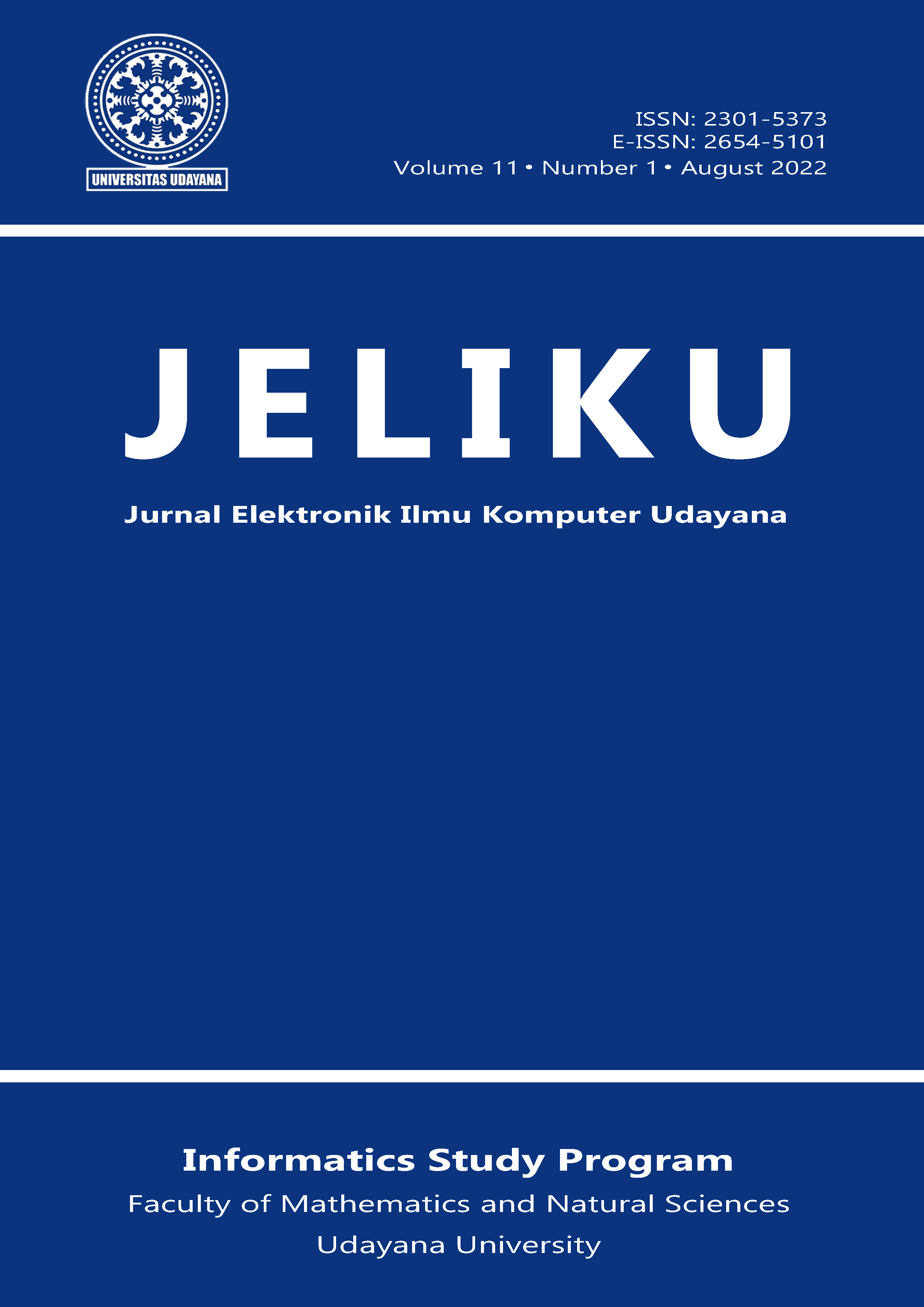Implementasi Port Knocking Dalam Mengamankan Jaringan VPN Pada Sistem E-learning
Abstrak
Many universities have started using e-learning as a medium of learning and teaching. However, the system on e-learning is still vulnerable to attacks such as identity theft and authentication on e-learning systems. One of the way to secure data on a network is implement a Virtual Private Network (VPN) on the network which can make a network private. That way, the security on the port on the E-learning server will be guaranteed. But attacks on servers more often occur on port 23 (telnet) because telnet does not encrypt the connection process. One of the attacks that is often used is a brute force attack. Based on these problems, research has been carried out to secure port 23 (telnet) and port 80 (e-learning website) on the e-learning server from brute force attacks by implementing the port knocking method. Port 23 and port 80 on the e-learning server that uses the port knocking method are always closed so that the client must do port knocking before being able to use port 23 and port 80 on the e-learning server. By implementing port knocking on the e-learning server, brute force attacks can be avoided because the attacked port is closed.


